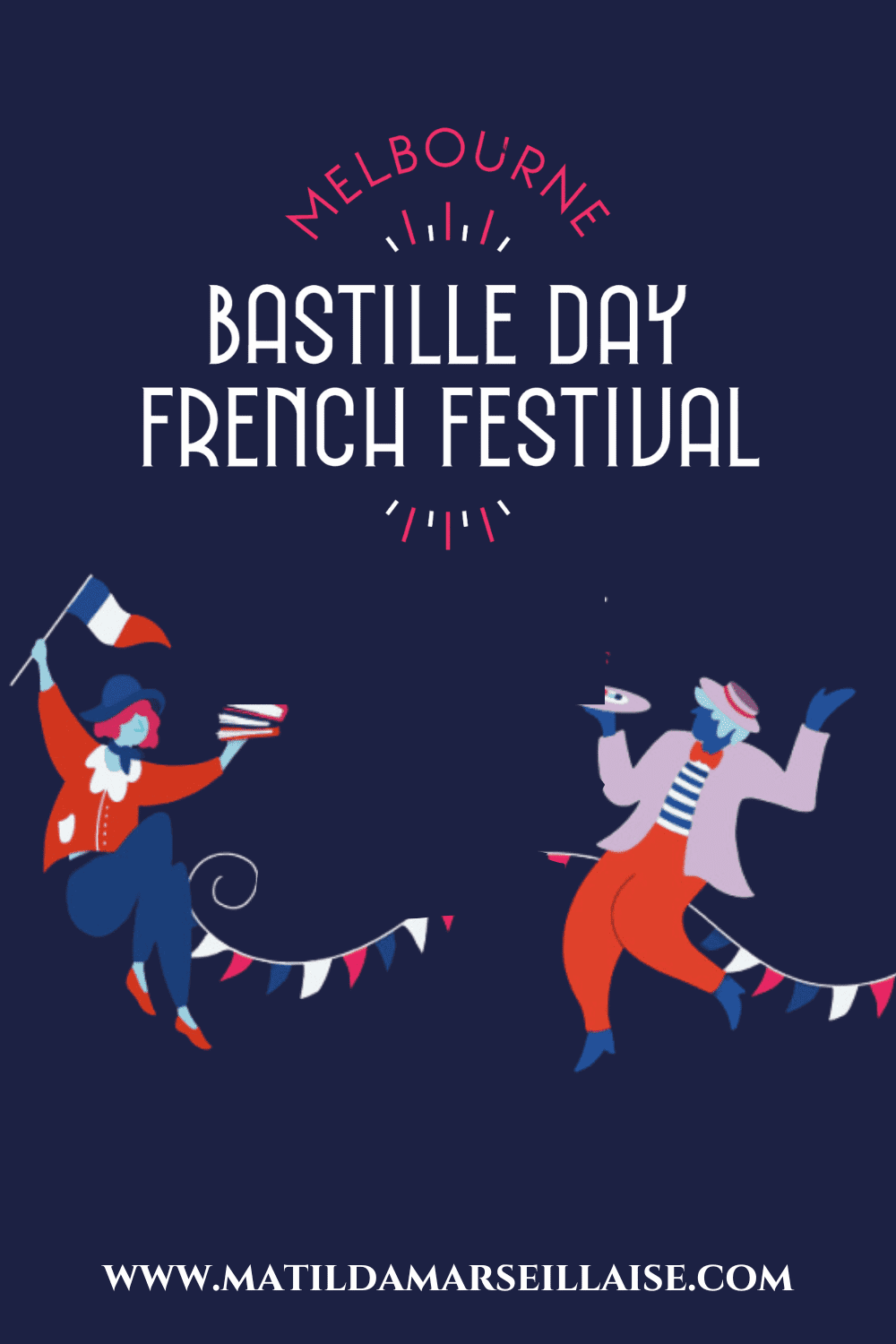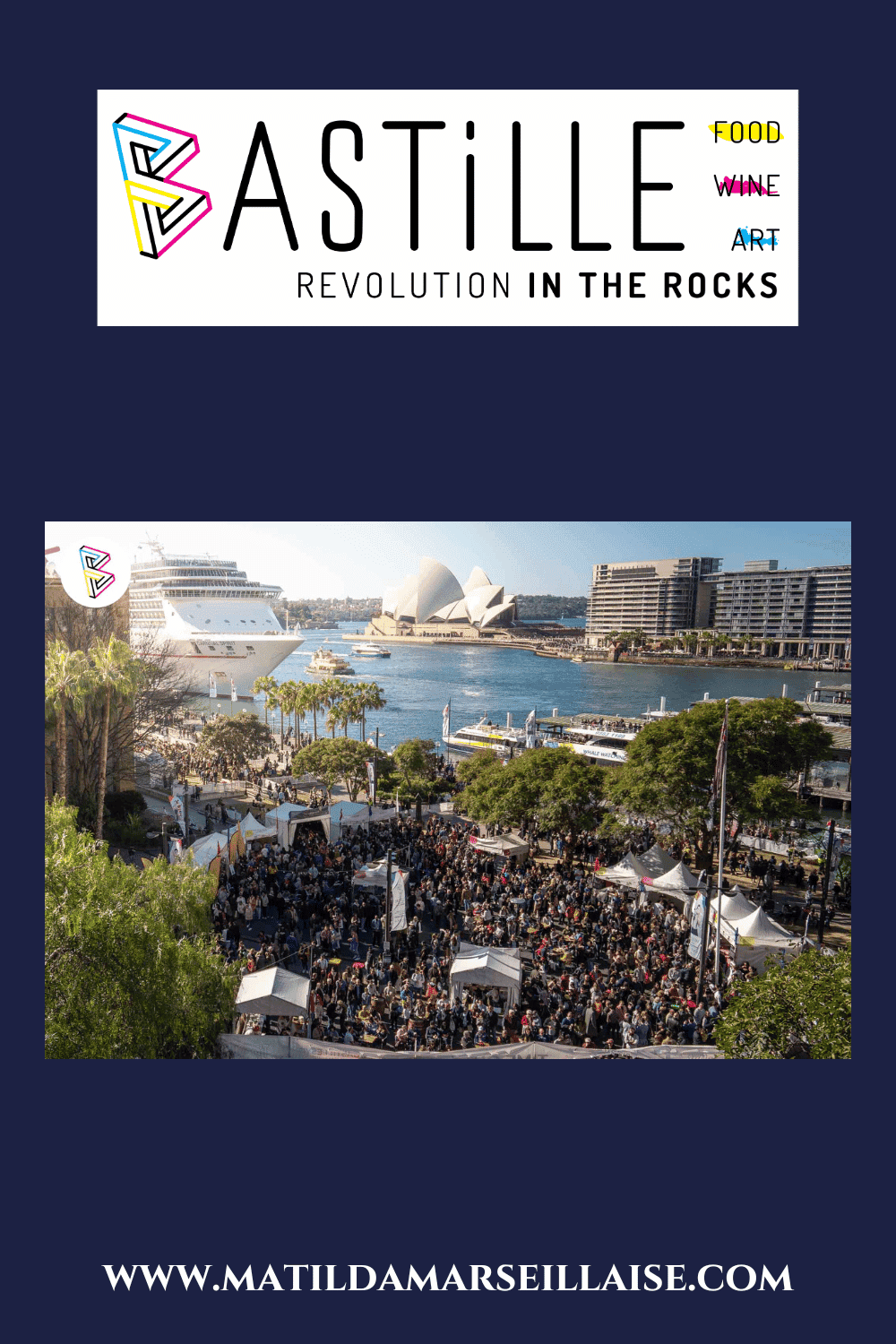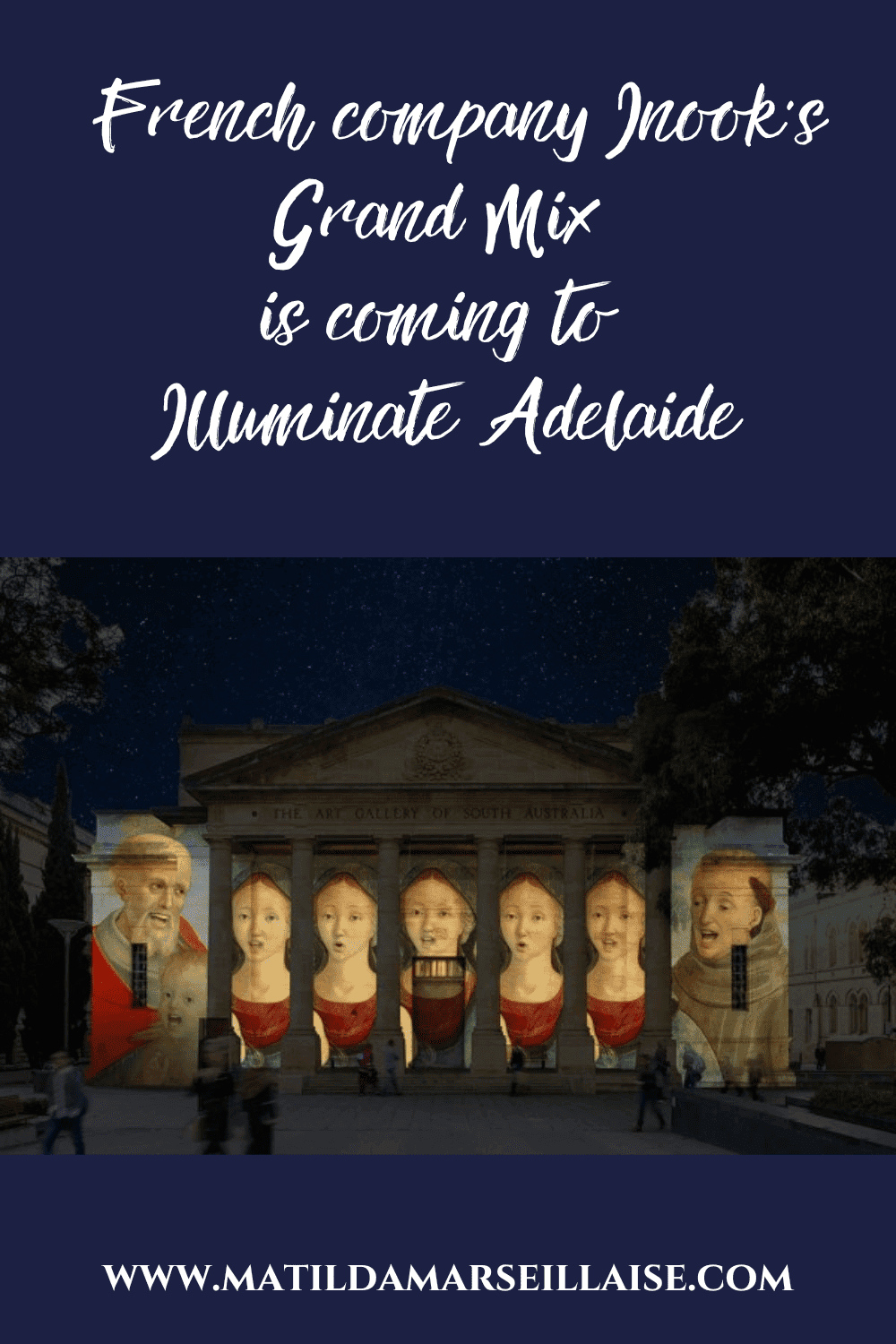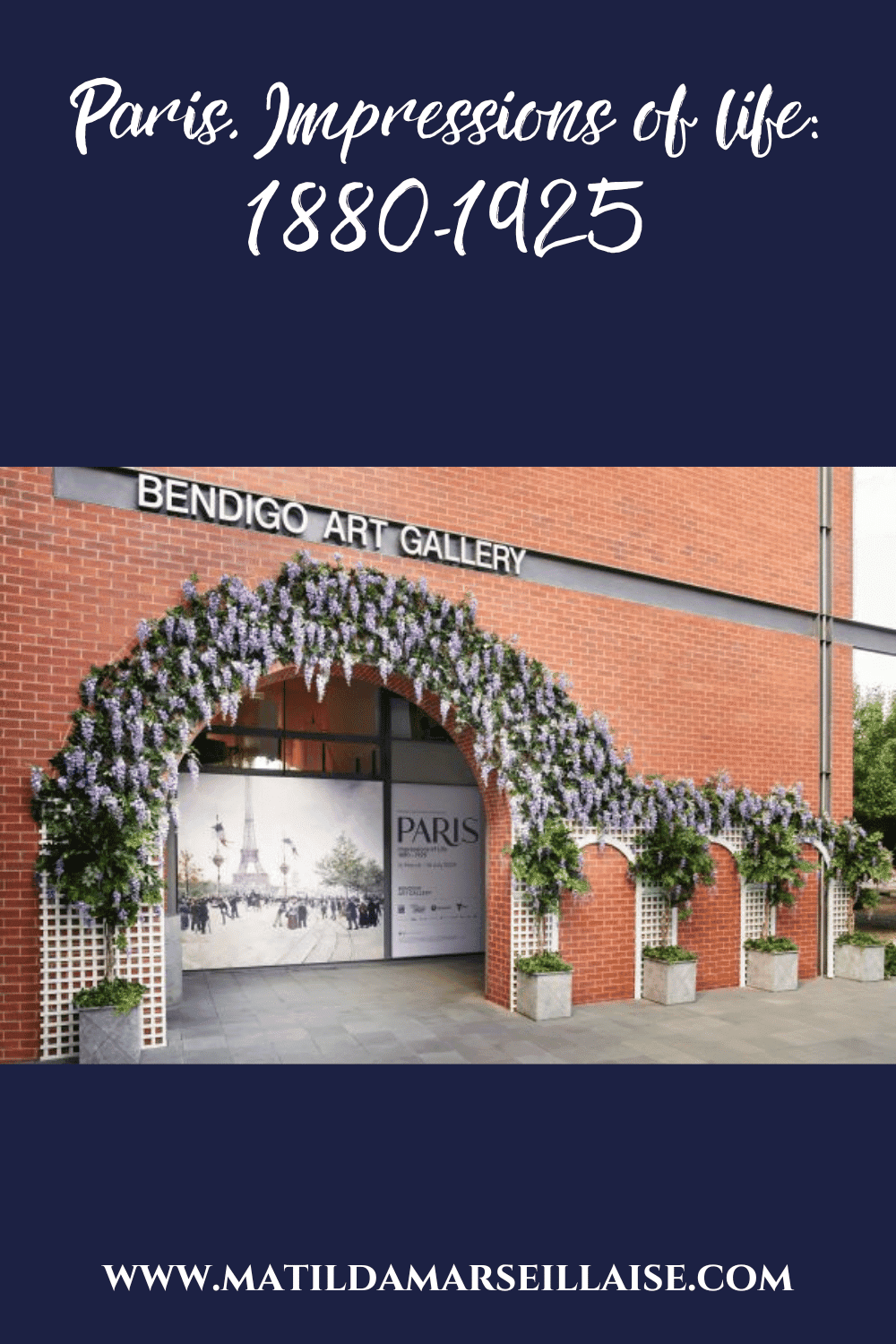The Art Gallery of South Australia’s Colours of Impressionism: Masterpieces from the Musée D’Orsay was a major coup for the Gallery and a wonderful note for the then director Nick Mitzevich to leave on before he moved onto the National Gallery of Australia in Canberra. It’s in its last week and must end on Sunday 29 July when the pieces will be returned to the Musée D’Orsay who generously loaned them to the Art Gallery of South Australia.
The exhibition looks at impressionism in a different light (pardon the pun). It separates more than 65 works across 6 rooms and across 6 themes, the majority of those being colour.
Entering the exhibition behind its mirrored wall, you find yourself in a room full of dark paintings but which despite their darkness manage to express so much. Among them, Edouard Manet’s Clair de Lune sur le port de Boulogne (Moonlight over the Port of Boulogne). In it, we see women dressed in black with white headdresses illuminated by the moonlight awaiting the return of fishing boats. The work is painted with dark shades of black, grey and blues with few patches of white or lightness.

Another personal favourite in that room is Auguste Renoir’s canvas of Madame Durras. In it, we see Madame Durras behind a spotted veil, enrobed in black. It contains a brilliant velvety black alongside violet-tinged greys and browns juxtaposed with the creamy pinks and white used in Madame Durras’ face and collar. Two paintings of ladies in reclined positions feature side by side in this room: Belgian born Alfred Stevens’ Le Bain (The Bath) and James Tissot’s La Reveuse (The Dreamer). Both are playful with shadow and light.

The second room moves into Peinture Claire (which literally translates to “light painting”) but is a reference to the way in which typical way in which light tones are expressed in these nouvelle peinture (“new painting”). A scene familiar to anyone who has been to Paris is represented in Dutch born Johan Barthold Jongkind’s La Seine et Notre-Dame de Paris (The Seine and Notre-Dame Cathedral, Paris). The May Triptych is a set of three impressionist works donated to the Musée d’Orsay, framed together. In it the works of Alfred Sisley’s Saint-Denis Island, Camille Pissarro’s Entrance to the village of Voisins and Claude Monet’s Pleasure Boats. It presents an interesting way of comparing the three impressionist artists’ styles. Edouard Manet’s La Serveuse de bocks (The bar maid) draws attention as it is a marked contrast to the subject matter of the other paintings.

The third room, and quite possibly my favourite of Colours of Impressionism: Masterpieces from the Musée D’Orsay, is dedicated to white and the way in which it was seen by the impressionists. Claude Monet’s La Pie (The Magpie) dominates the room. A painting which resembles paintings accepted by the Salon (the Paris Art authority at the time) only in its impressive dimensions (89 x 130cm). It was widely criticised at the time of its release due to its lack of subject matter (a small magpie on such a large otherwise bare snowscape), and Monet’s use of blues, pinks and yellows to show the way the snow is illuminated by the light. It is easy to see why this painting so inspired Paul Perrin as a child and into adulthood, who along with Marine Kisiel, curated this exhibition. Another of my favourites of the snowscapes is Alfred Sisley’s La Neige à Louveciennes (Snow at Louveciennes). We see a small figure in the depth of the painting, dressed in browns, greys and black which stands out starkly against the snow-covered path, walls and trees that surround it. Again, Sisley, like Monet in La Pie, uses blues, particularly visible in the trees on the left of the canvas to more accurately depict the light reflecting off the snow. In contrast, Charles,-Francois Daubigny’s simply named La Neige (Snow) shows a bleak snowscape against a grey, orange toned sky.

The next room of the exhibition moves into greens and blues. In it is Auguste Renoir’s portrait of Claude Monet against the backdrop of green and pink curtain and foliage. It is displayed next to Claude Monet’s Un coin d’appartement (A corner of the apartment). Looking closely at Renoir’s painting alongside, you notice that the same curtains and foliage are present. Renoir has painted Monet as Monet is painting his child in the dark shadows of his apartment. Just as the figure in La Neige à Louveciennes is in the background calling the viewer in, the child in the dark shadows in this painting takes on an almost ghost-like, slightly eerie feel.

The fifth room of Colours of Impressionism: Masterpieces from the Musée D’Orsay shows a move from the beginnings of impressionist works to the movement of neo-impressionism – the way in which new impressionists saw colour and light. The paintings in this room look like mosaics from a distance. Rather than long brushstrokes, the neo-impressionists applied small dots and placed colours side by side corresponding with the science of colour. Théo van Rysselberghe’s L’entrée du port de Roscoff (Entrance to the port of Roscoff) features mainly blue and white dots to make up the waters of the port and the building clouds I the background. Small boats in the port are also painted in dots of blue. One the most enticing and playful paintings in this room is Henri-Edmond Cross’ La fuite de nymphes (Flight of the nymphs) is comprised of larger, more square shaped dots with a playful scene of nymphs dancing against the green and blue backdrop. Paul Signac’s Le chateau des papes (Palace of the popes) shows the pink and oranges of the palace against and in the reflections of the green and blue water and sky.

The final room of the exhibition shows, in sort, the original impressionists’ reaction to and development in the neo-impressionist and post-neo-impressionist world. Auguste Renoir’s Gabrielle à la rose shows the change in Renoir’s style with a reduced colour palette and a reduction in his mixing of colours. It shows a half-dressed, open bloused woman holding a flower on a table in front of her and one behind her ear. The painting is heavy in reds and pinks and not many other colours are used. Monet’s La cathédrale de Rouen, Le Portail et la tour de Saint-Romain, plein soleil (Roeun Cathedral : the portal and Saint-Romain tower, full sunlight), one of the final works you see before leaving the exhibition shows the cathedral overflowing the canvas and painted in mainly pinky cream tones against a tiny bit of blue sky. It was part of a series of 20 cathedrals exhibited in 1891 and 1892 and dedicated to his wife, Alice. The lines of the cathedral’s structure are defined yet at the same time blurred.

Colours of Impressionism: Masterpieces from the Musée D’Orsay has many of the impressionist pieces we all recognise and love as well as some lesser-known but equally magnificent works. Perhaps one of the most recognised and photographed works in the exhibition is Claude Monet’s Le basin aux nymphéas, harmonie rose (Water lily pond, pink harmony).

The exhibition is being staged in the Elder Wing of the Art Gallery of South Australia, on the entrance level of the gallery as opposed to its basement space usually reserved for exhibitions. The Elder Wing is one of Australia’s few 19th century gallery spaces and is in some ways reminiscent of the light filled interior of the Musée D’Orsay where the paintings are usually housed. The Art Gallery of South Australia even used this as part of the drawcard in putting forward its proposal for an impressionist exhibition to the Musée D’Orsay.
The exhibition marks a new way of looking at impressionist paintings and does so in an ambitious and, in my view, successful way. Even if you have been lucky enough to see these paintings in their home in Paris before, this exhibition guarantees a new perspective.
– – –
Tickets: Children $10, students $12, members and concessions $20, adults $25.
You only have a few days left to see the works with the Colours of Impressionism: Masterpieces from the Musée d’Orsay exhibition closing on Sunday 29 July at 5pm. Get in quickly!





